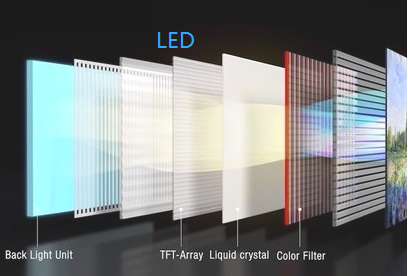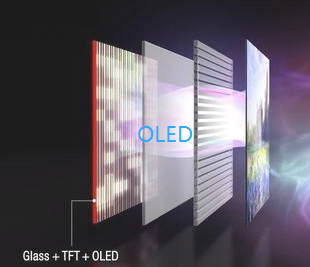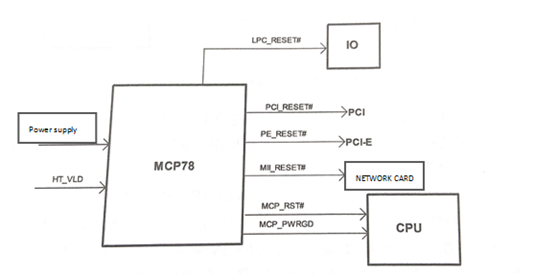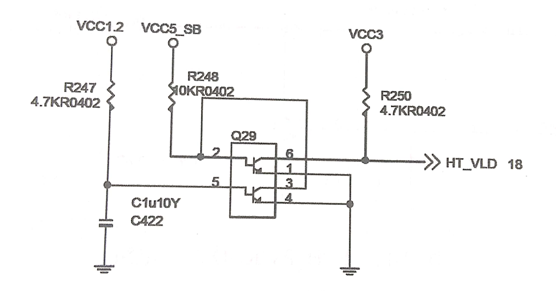By STMicroelectronics PLS programmable logic simplifies software development and systems support, Stellar automotive microcontroller architecture for this powerful debugging, tracking and testing.
As the combination of several new technologies on the chip, the chassis and the telephone-assist auxiliary system (ADAS) can be implemented with a power system that is controlled by a personalized microcontroller series "Star". With the six Arm Cortex R52, the first building block generated by the latest microcontrollers is also the core clock frequency of 400 MHz. Together with 16 MB of embedded phase change memory (PCM), it provides high multicore performance for real-time applications.
Further, Stellar series also has a variety of security and protection features, including a hardware security module (HSM) function and a lock-step. Management software program for the separation and storage protection enhances the security and reliability features.
The Stellar range meets the stringent requirements of the automotive electronics system ISO 26262 to ASIL-D safety standards. In addition, three floating-point Cortex-M4 cores and DSP extensions act as application-specific accelerators. Due to the long-term close cooperation with STMicroelectronics, PLS has been able to develop optimized debugging and tracking tools for the ST-Partner Program to develop members with the first home from the Stellar to be able to provide this complex automotive microcontroller architecture.
With multi-core run control, UDE's specific features, you can use the built-in debug logic to synchronize start and stop of all cores or selected groups. Multi-core breakpoints that can be used in shared code simplify the debugging of complex applications. Such a breakpoint is always valid no matter which kernel is currently executing the code. In addition to support for the actual application kernel, UDE also allows debugging of hardware security modules integrated on the Stellar MCU. To this end, HSM can be integrated into multi-core operational control.
The optimized programming of phase change memory (PCM) implemented in the Stellar family of modules is achieved by means of the UDE Memtool flash programming tool integrated in UDE. Phase change memory allows for faster, safer, and more accurate programming than traditional flash programming. In practice, this means, for example, that even a single byte can be written, whereas only the entire block could have been written before. Due to the nature of the PCM, the over-the-air software (SOTA) for this storage technology can be used particularly efficiently and reliably. The special features of UDE Memtool ensure the smooth support of SOTA.
For detailed analysis of multi-core applications at the system level, the UDE supports a wide range of trace capabilities for the CoreSight debug and trace scheme, where the arm is in the Cortex-R52-core core of the Cortex-M4, and for the connection to the chip has been achieve.
The family of three devices UAD2pro, UAD2next and UAD3 + PLS universal access devices are also reliably debugged to the stellar microcontroller family via JTAG or arm-specific serial line debug (SWD) interfaces. It is ideal for capturing and storing large amounts of trace data while UAD3+, which is available on the Star MCU with up to 4 GB of trace memory in the special tracking POD for High Speed Serial Trace Port (HSSTP),




